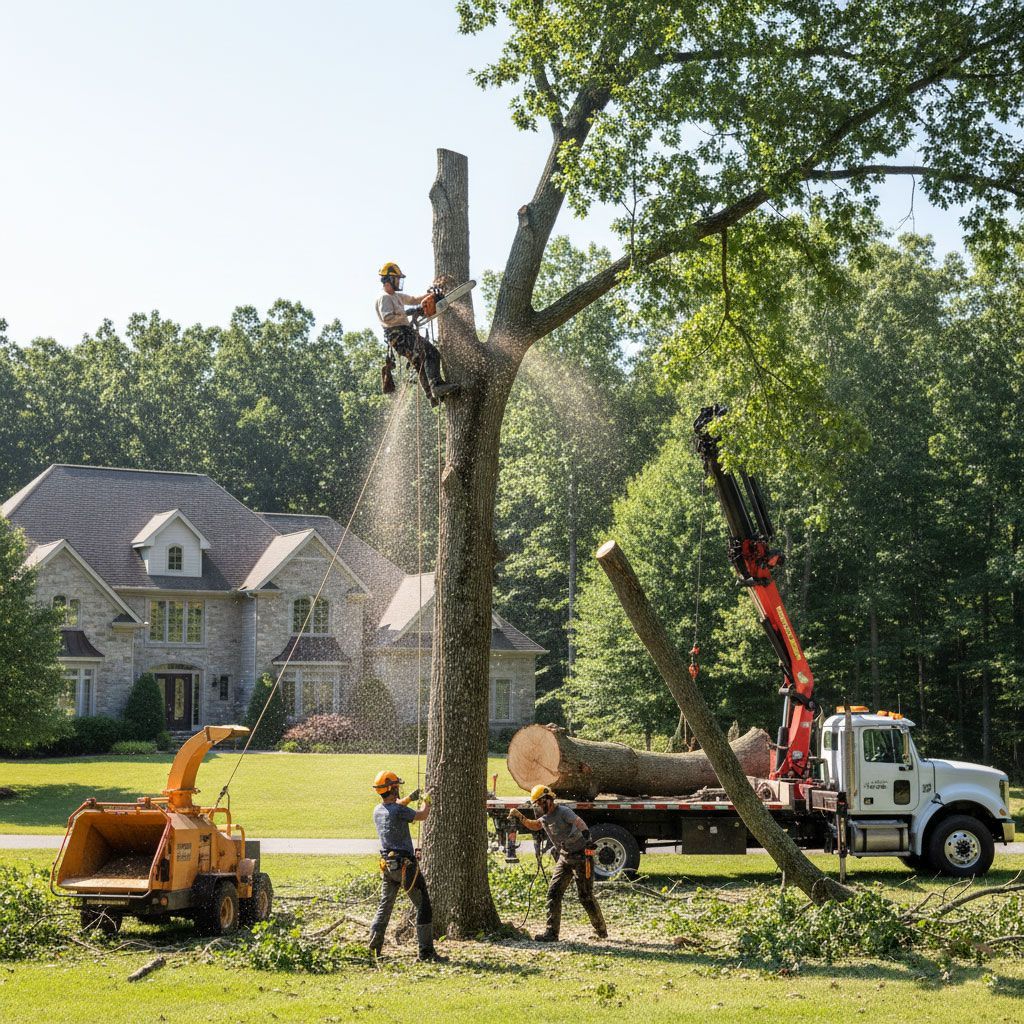Santa Clarita Tree Service
(661) 338-5661

Trees are an essential part of any landscape, but knowing when to trim them or remove them completely can be a tough decision. Homeowners often struggle to determine what’s best for safety, property value, and the long-term health of their yard. That’s where a trusted local tree company comes in to provide expert guidance.
With professional knowledge and hands-on experience, tree specialists can assess your unique situation and recommend the right solution. Their advice ensures you make the safest and most cost-effective choice without second-guessing.
Professional Health Assessments
Tree companies can evaluate whether a tree is still healthy enough to keep or if it poses a risk. Their trained eyes can spot warning signs that homeowners might miss.
- Inspect for disease, decay, or insect infestations.
- Check for hollow trunks, dead branches, or weak spots.
- Identify whether trimming can restore health or if removal is necessary.
A thorough health assessment helps you make a decision based on facts rather than guesswork. It gives you confidence that you’re investing in the right solution for your property.
Safety Evaluations and Risk Management
Local tree experts know how to spot potential hazards and recommend the safest course of action. Their evaluation prevents accidents before they happen.
- Assess whether limbs hang over roofs, driveways, or power lines.
- Determine if the tree leans dangerously or shows structural instability.
- Advise on trimming for risk reduction or removal for complete safety.
By addressing safety concerns early, you protect your family and property from unnecessary danger. A professional opinion ensures you won’t overlook hidden risks.
Guidance Based on Tree Location and Growth
Sometimes the placement of a tree plays the biggest role in the decision. A tree company can analyze how its location affects your property now and in the future.
- Measure proximity to your home, foundation, or utilities.
- Evaluate how roots may interfere with sidewalks, pipes, or septic systems.
- Recommend trimming for clearance or removal if the tree is too invasive.
Their expertise helps balance the benefits of keeping the tree with the potential long-term impact on your property. This ensures your landscape remains both beautiful and functional.
Advice on Aesthetics and Property Value
A local tree company understands how trees affect curb appeal and resale value. They can guide you on how trimming or removal influences the look and worth of your home.
- Suggest trimming to shape trees for better balance and visibility.
- Recommend removal if the tree is unsightly, oversized, or blocks sunlight.
- Help design landscaping plans that add long-term beauty and value.
This professional advice ensures your property not only stays safe but also looks its best. Investing in the right choice boosts the value and appeal of your outdoor space.
Cost-Effective Solutions for Long-Term Care
Tree companies can break down the financial side of your options, helping you see the bigger picture. Their recommendations balance affordability with lasting results.
- Compare trimming costs against full removal expenses.
- Estimate ongoing maintenance needs for trees that remain.
- Offer solutions that save money in the long run by preventing future problems.
With clear guidance on costs, you can make a practical choice that fits your budget while safeguarding your property. Professional input helps you avoid surprise expenses later.
Making the Right Choice with Expert Support
Choosing between tree trimming and removal isn’t always straightforward, but your local tree company makes the decision easier. With professional health checks, safety evaluations, location analysis, aesthetic advice, and cost comparisons, you’ll have the knowledge to choose wisely.
By relying on experts, you gain peace of mind knowing your decision protects your home, family, and property value. Acting with professional support ensures your trees remain an asset—not a liability—for years to come.